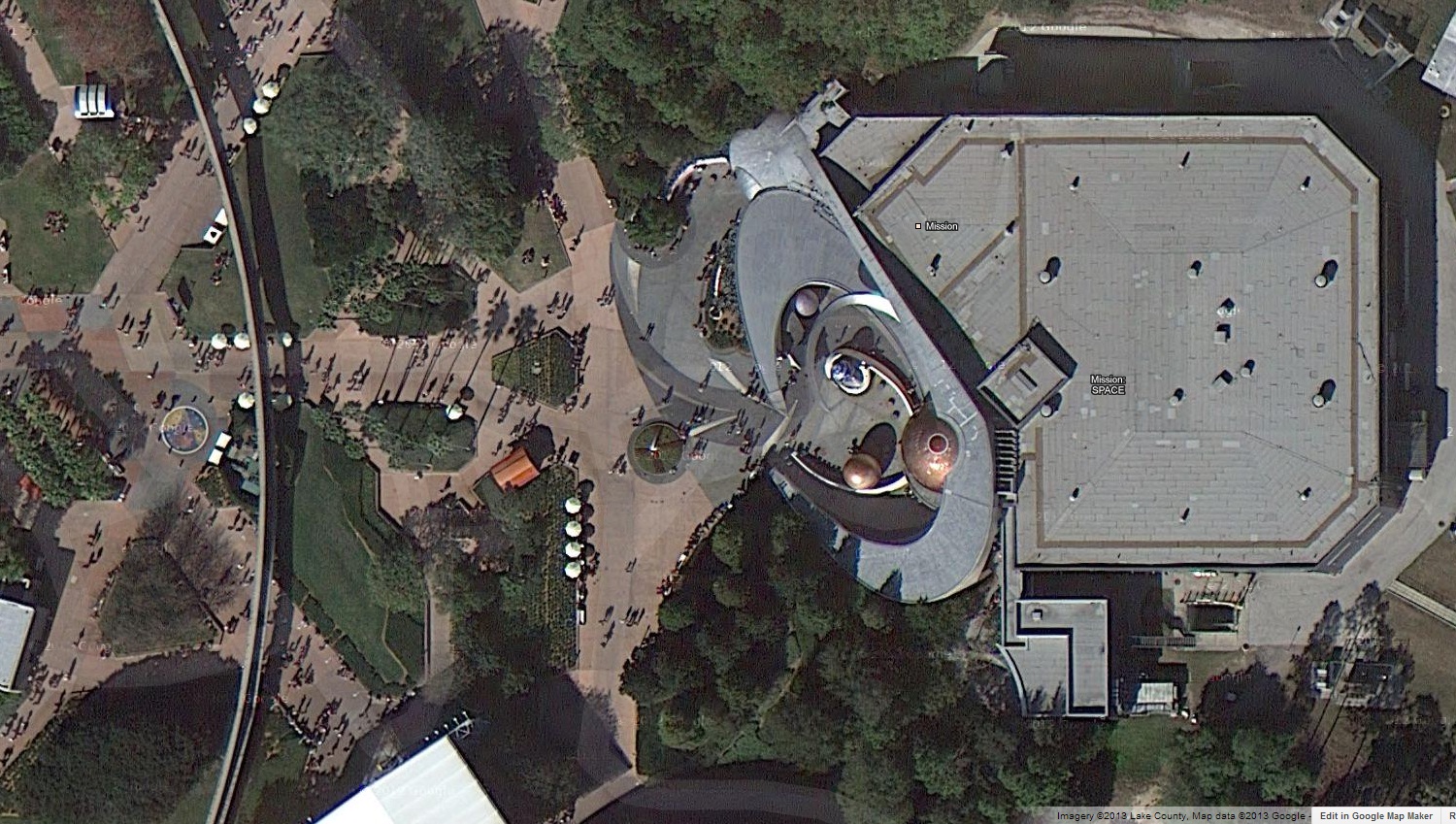Research at Disney
If the talk about a shortage of faculty positions is dispiriting, articles like this are energizing. Data science has emerged as a hopeful and interesting alternative to academic social science. But one of the biggest drawbacks has to be that many data science positions are shaped so exclusively by computer science, engineering, or some other area of science that isn’t primarily social. Those areas of work are great, integral and critical, but the result of the skew is that descriptions of “data science” can lose sight of the real human behavior and social phenomena behind the data being analyzed.
In the original post that accompanied his now well-known venn diagram, Drew Conway made a similar point:
“To me, data plus math and statistics only gets you machine learning, which is great if that is what you are interested in, but not if you are doing data science. Science is about discovery and building knowledge, which requires some motivating questions about the world and hypotheses that can be brought to data and tested with statistical methods.”
Sean Taylor made the point even more directly and thoroughly in his post, “Real scientists make their own data.”
“Historically science has been about observing (and sometimes manipulating) phenomena. Some of the most important contributions across all fields of science have occurred through actual hands-on data collection.”
That’s the part I’m most unwilling to give up. I don’t want to just manage and analyze data. I want to ask questions about how and why people behave the way they do, and I want to help design the kind of data that’s collected to answer those questions. Before he laid out his main body of work, Darwin spent 5 years on the Beagle travelling from place to place observing species in their lived environments, and then when he returned home he spent another 5 years “patiently accumulating and reflecting on all sorts of facts which could possibly have any bearing on it” before he put together and published a coherent theory. Observation, and data design and collection, doesn’t have to take 5 years. But I’m not willing to give up that part of science completely. Close observation and data generation is a big part of the beauty of systematic ethnography, and it’s what differentiates research from just analysis.
Research at a place like Disney World (though it sounds funny to say) potentially brings it all together. You’ve got an extremely large population in an entire city (the size of San Francisco), with potential control over the environment. People interact every day around a consistent set of rides, attractions, and shops, and they face real problems that are relevant to the larger problems of human society. Here’s an illustrative complaint from one of the reviews rated “terrible” at tripadvisor:
“We went to magic kingdom. Nothing really magical. We stayed all of 2 hours. Did the Swiss family tree house and then waited 45 min to see tinker bell for 2 min. Long lines everywhere. Hour wait for food anywhere. Hour wait for rides. The fast pass is a joke. you have to go to the ride get the fast pass then return about an hour later. And this is fun?”
At least according to some of their research descriptions, that’s one of the kinds of problems that the Disney research teams tackle.
Human behavior emerges from the way our bodies perceive and respond to specific environments as we pass through them and as they change around us. So the best science of human behavior will incorporate the relevant physical and social environment into the study of the activities the researchers are interested in. Some of Ian Couzin’s work at Princeton looking at information transfer and decision-making in crowds is a great example of this kind of social science. Unfortunately the technology, participants, and environments needed to implement that kind of research aren’t readily available in a world of reduced research funding, or in the many social science departments still dominated by faculty who aren’t interested in or able to pursue this kind of research.
The ingredients are there for some really neat scientific and analytical work. Whether it fulfills that potential depends on the same things that determine whether you can do good scientific work anywhere (and these conditions certainly aren’t guaranteed in a university). You have to have basic supervisory/institutional support that allows a satisfactory degree of independence. You need to have some way of running your assumptions, hypotheses, and conclusions up against hard walls of reality. You need to be immersed in a scientific/analytical community of peers (the most important scientific discoveries emerge from teams and groups/’schools’). And you need to be able to talk and write about at least some of your work openly (respecting limits for ethical, business, or legal reasons, when they’re necessary).
I don’t know if those conditions exist at Disney. But the potential is there.
If you want to comment on this post, write it up somewhere public and let us know - we'll join in. If you have a question, please email the author at meinshap@gmail.com.
